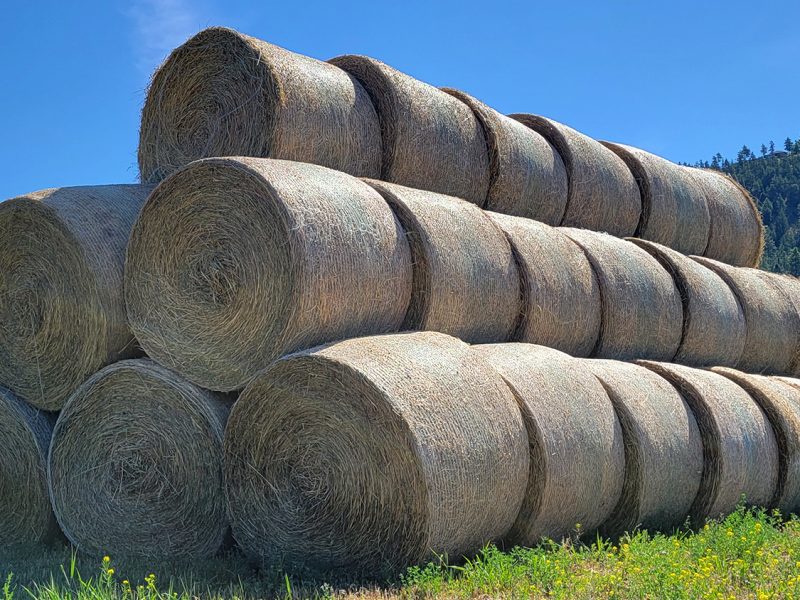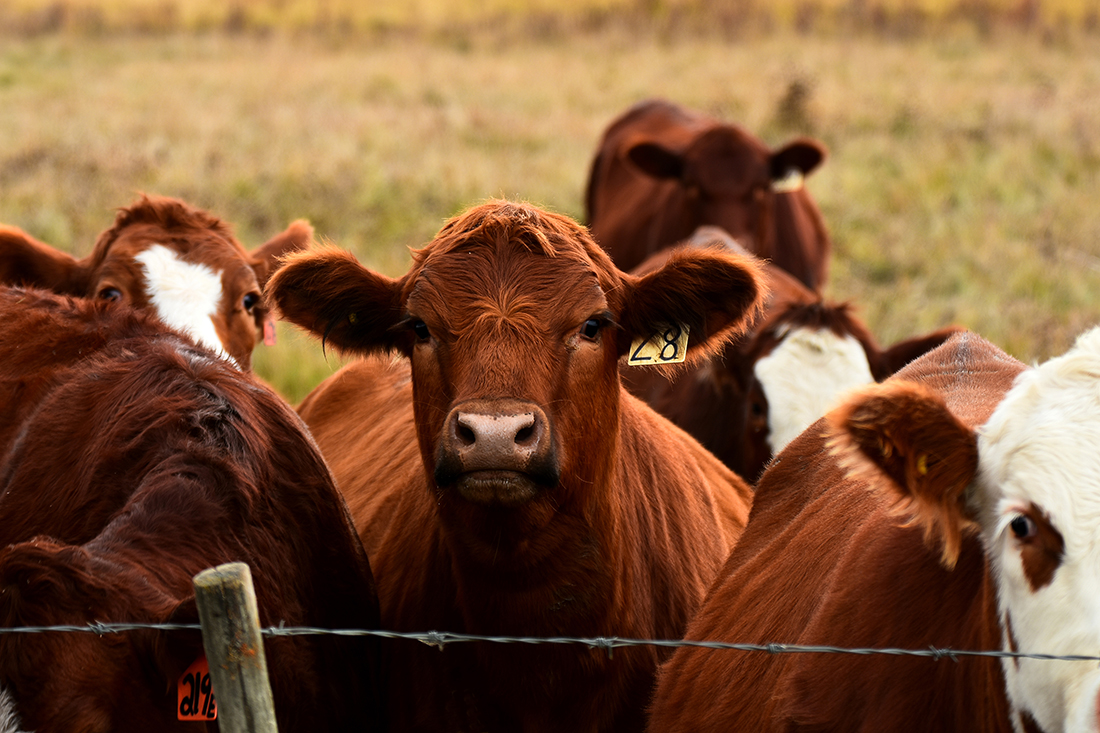Ranchers and livestock producers took it on the chin in 2021 and into 2022 as the heat dome then a deep drought curtailed forage production in the Interior and on the Prairies.
A repeat performance is shaping up this year, with low moisture levels on the Prairies set to reduce yields of feedgrains. This will boost pressure on producers in BC, whose own fields are set to deliver less this year as a result of severe drought.
While row crops are holding on, Taylor producer Jennifer Critcher says she’s never seen it this dry this early in the season.
“There definitely is going to be challenges with the drought,” she said. “We just don’t know what that’s going to look like going forward.”
On July 14, the province followed Saskatchewan’s lead and announced a higher grain and oilseed crop writeoff level so crops can be used for livestock feed.
“Unfortunately, the feed shortage is not unique to British Columbian and is being felt throughout western Canada,” the province said. “The [agriculture] ministry is working closely with partners on the ground, such as the BC Cattleman’s Association and BC Dairy, to identify additional sources of feed. If any additional feed is secured, it will be distributed to producers.”
Bryce Rashleigh of Saanichton Farms on Vancouver Island led a “Hay East” initiative that sent Island hay to the Interior in 2021 but he says that won’t be happening this year.
“Our yields are generally down 30% to 40%, so I expect all of the local forage production to stay on Vancouver Island,” he says.
And it’s not over yet. Dry conditions that have been stalking the province since last fall continue to deepen, with four of the province’s 34 water basins now at Level 5, the most severe on the province’s six-level drought scale. Some of the 18 regions currently at Level 4 are likely to find themselves at Level 5 when the province updates the ratings this week.
While the terms “unprecedented” and “worst ever” are on the verge of losing their meaning from overuse in recent years, the situation is indeed unique. Severe drought has gripped key growing regions a month earlier than usual and wildfires have burned more than 1.4 million hectares – exceeding the record-breaking years 2017 (1.2 million hectares) and 2018 (1.3 million hectares).
By contrast, the fast-moving interface fires of 2021 consumed less than 870,000 hectares.
With files from Kate Ayers


 Province files AgriRecovery request
Province files AgriRecovery request